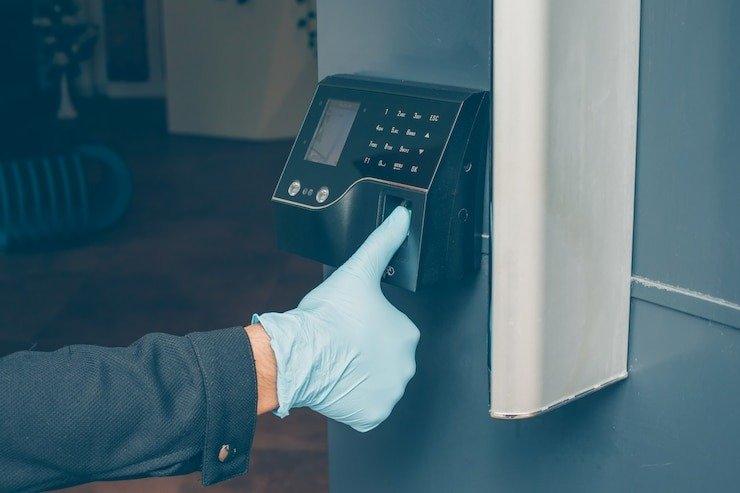Introduction
Security is an ever-evolving concern in the modern world. Traditional access systems such as keys, PIN codes, and access cards have served their purpose, but they are increasingly vulnerable to theft, loss, and duplication. This is where fingerprint access control comes into play. As a biometric security solution, it offers unmatched convenience, accuracy, and protection against unauthorized access.
In this article, we will explore why fingerprint access control is the future of secure entry systems, its advantages, implementation, industries that benefit from it, and how it enhances security for businesses and residential areas.
What is Fingerprint Access Control?
Fingerprint access control is a biometric authentication system that uses an individual’s fingerprint to grant or deny access. Unlike traditional security methods that rely on physical keys, PINs, or swipe cards, fingerprint technology ensures that only authorized individuals can enter a restricted area.
Quick Fact:
Fingerprints are unique to each individual, with no two people having identical patterns—even identical twins.
Why is Fingerprint Access Control More Secure?
The limitations of traditional access methods make fingerprint-based security systems a necessity. Here’s why they offer superior protection:
1. Impossible to Duplicate
Keys and cards can be copied, and PINs can be guessed, but fingerprints are unique and cannot be easily replicated.
2. No Risk of Loss or Theft
Unlike access cards, which can be misplaced or stolen, fingerprints are always with the user, eliminating security risks.
3. Real-Time Monitoring and Access Logs
Fingerprint access systems track every entry and exit in real-time, providing security teams with detailed access records.
4. Reduced Risk of Unauthorized Access
With biometric authentication, the chances of unauthorized personnel gaining access to sensitive areas are drastically reduced.
Industries Benefiting from Fingerprint Access Control
Fingerprint access control is not limited to corporate offices—it is transforming security in multiple industries.
1. Corporate Offices
Businesses use fingerprint security to protect data centers, executive offices, and sensitive information.
2. Healthcare Facilities
Hospitals and clinics use fingerprint access control to restrict access to medication storage, patient records, and surgery rooms.
3. Educational Institutions
Schools and universities implement fingerprint systems to control access to administrative offices, libraries, and research labs.
4. Residential Complexes
High-end apartment buildings now utilize fingerprint entry systems to enhance security and provide residents with keyless entry.
How to Implement a Fingerprint Access Control System?
Step 1: Identify Security Needs
Before implementation, businesses should evaluate their security requirements to determine which areas require fingerprint authentication.
Step 2: Choose a Reliable Service Provider
Selecting an experienced access control provider ensures seamless integration and ongoing system maintenance.
Step 3: Install the System & Integrate with Cybersecurity Measures
The fingerprint system should be installed with encryption and security protocols to prevent data breaches.
Step 4: Employee Training and System Testing
Organizations should train staff on how to use the system and conduct periodic security audits.
Addressing Privacy Concerns with Fingerprint Access Control
While fingerprint authentication is highly secure, some users are concerned about privacy and data security. Here’s how reputable providers address these concerns:
- Encryption: Fingerprint data is encrypted and stored securely.
- Data Protection Compliance: Systems are designed to meet international data protection laws.
- Regular Updates: Security updates prevent potential cyber threats and unauthorized access.
The Future of Fingerprint Access Control
As technology continues to advance, fingerprint access control will become even more secure and widely adopted. Future improvements may include AI-powered authentication, faster processing speeds, and integration with smart home and business automation systems.
Conclusion
Fingerprint access control is the future of secure entry systems, offering a safe, convenient, and reliable solution for businesses, healthcare facilities, schools, and residential complexes. Its unmatched security, real-time monitoring, and ease of use make it superior to traditional security measures.
As more organizations prioritize security, fingerprint authentication is expected to become the gold standard in access control systems, reshaping how we protect our personal and professional spaces.
